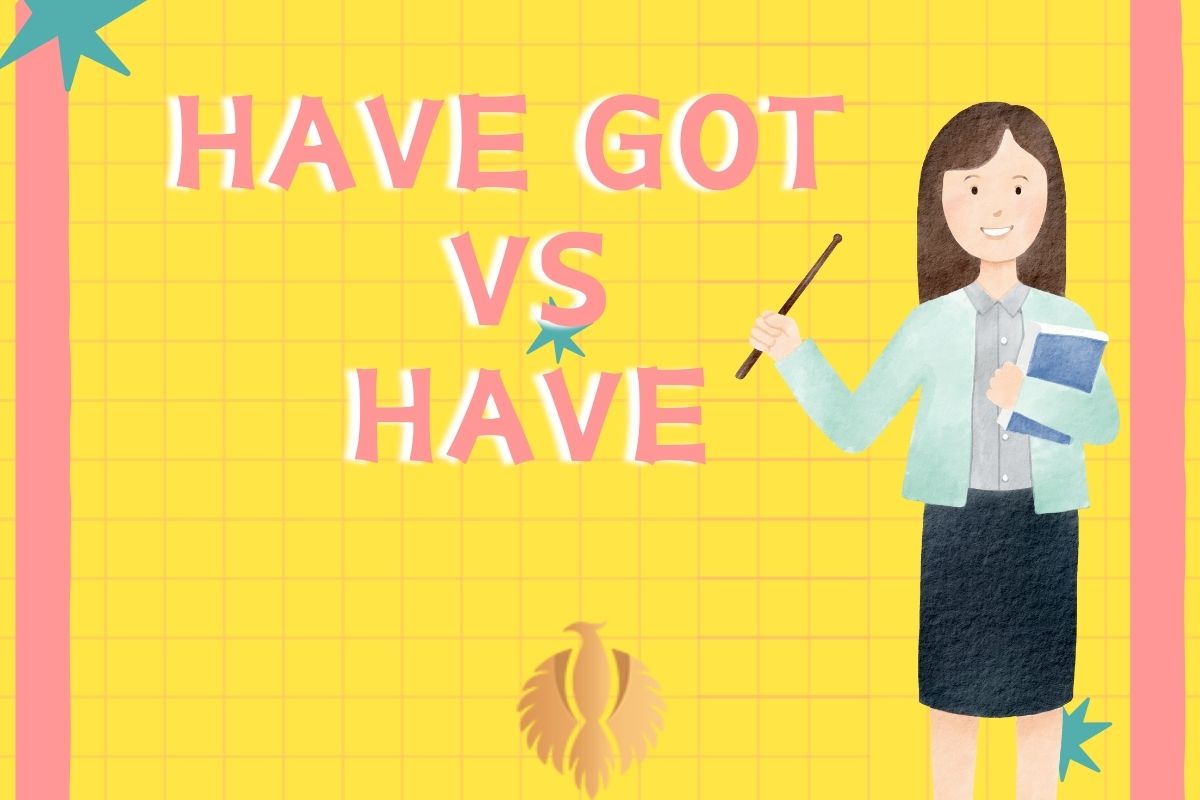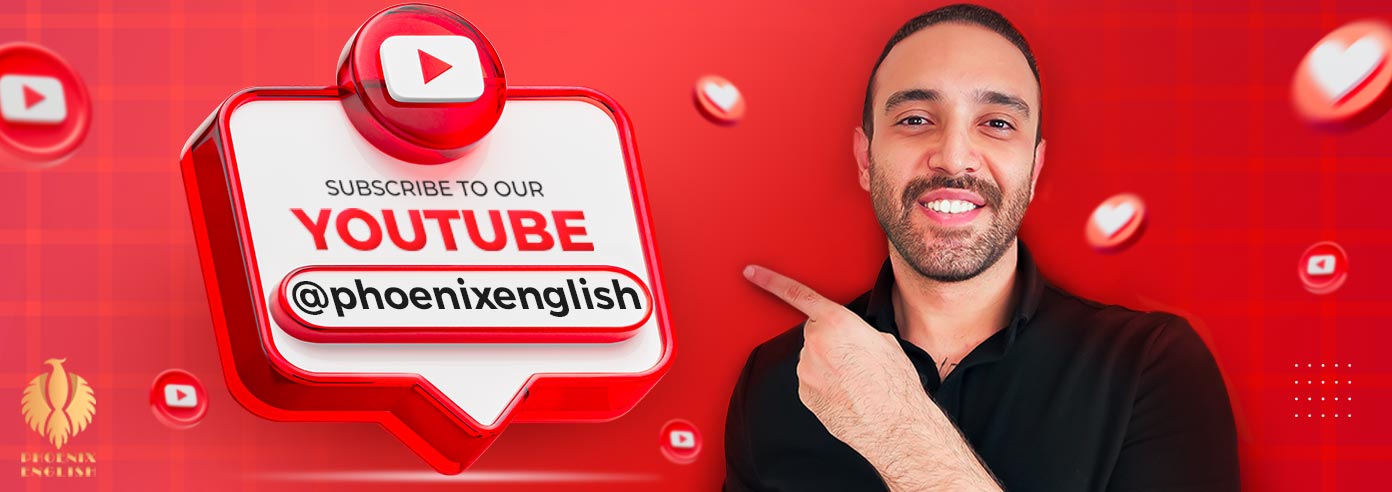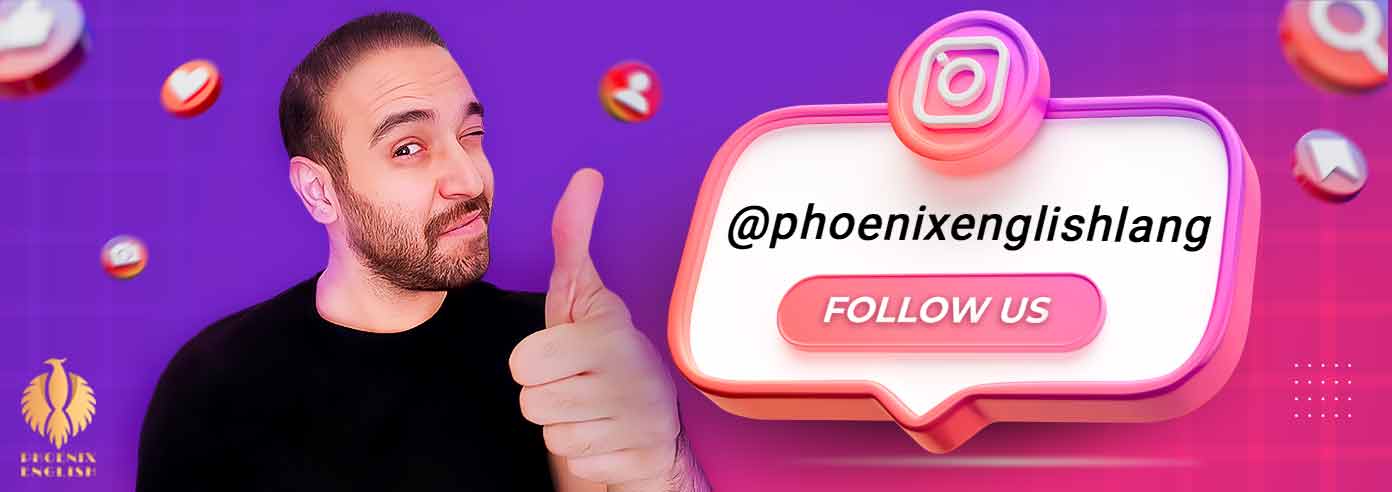To directly answer the title, “have got” and “have” both indicate possession, but there are differences in their usage, formality, and regional preferences.
“Have got” is commonly used in British English to convey possession in an informal context, whereas “have” is a more versatile term that can be used in a wider array of situations, including formal contexts.
Understanding when and how to use these expressions can greatly enhance clarity and communication in English.
![a infographic for Have Got vs Have: Differences + Usage + Examples [2025]](https://phoenixenglishlang.com/wp-content/uploads/2024/02/unnamed-18.png)
Important Points:
- Regional Variations: “Have got” is more frequently used in British English, while “have” is used widely in both British and American English. Understanding these regional nuances can help in effective communication with different audiences.
- Formality: “Have” tends to be more formal and can be used in both spoken and written language, while “have got” is typically informal and often found in conversational settings.
- Usage in Questions and Negatives: The structure of questions and negatives differs between the two. For example, “Have you got a pen?” is the question form of “have got,” while the equivalent in standard “have” would be “Do you have a pen?”
- Time References: “Have got” implies a more immediate sense of possession or obligation, whereas “have” can refer to general possession not tied to the present moment. This distinction affects the meaning conveyed by each phrase.
- Examples in Sentences: Practical examples highlight how each form is used. For instance, “I have got a new job” versus “I have a new job” are both correct, but they carry slightly different connotations based on context and usage.
You might also enjoy:Looking Forward To Seeing You: Grammar + Examples[2025]
As we further explore the differences between “have got” and “have,” this guide will provide a comprehensive overview, including clear usage rules, examples, and tips for mastering these expressions effectively.
Utilizing the 2025 Method, we will adapt modern learning techniques to ensure you can easily apply these concepts in your everyday conversations.
—
In the ever-evolving landscape of the English language, understanding the subtleties between similar phrases is crucial for effective communication.
The distinction between “have got” and “have” is a prime example of how slight variations in expression can influence clarity and appropriateness in different contexts. As learners seek to enhance their language skills, recognizing these differences enables them to navigate conversations with confidence and precision.
From my own journey in mastering English, I quickly learned that both “have got” and “have” serve the important function of conveying possession, but they do so in distinct ways.
The phrase “have got” emerged as a familiar expression in my everyday conversations, particularly in informal settings. Its casual tone allows for a more relaxed exchange, as in the sentence “I’ve got a meeting later,” which feels warm and conversational.
In contrast, the simple verb “have” is much more versatile and deemed more formal, as seen in the statement “I have a meeting scheduled for tomorrow.”
One of the key insights I’ve gathered is that “have got” often brings a sense of immediacy, indicating possession or obligation that feels more current.
For instance, when a friend casually says, “I’ve got your back,” it suggests a reassuring immediacy that emphasizes their support.
Meanwhile, the statement “I have a friend who supports me” carries a broader implication that isn’t confined to the present moment, highlighting the enduring nature of that friendship.
Additionally, the varying structures of questions and negatives using “have got” and “have” can confuse learners.
In informal spoken language, saying, “Have you got any milk?” is a common question, while in standard usage, you would ask, “Do you have any milk?” This difference is essential for achieving grammatical correctness and an understanding of conversational context.
As we delve into this guide on “Have Got vs Have,” we will explore their applications in detail, including straightforward rules, nuanced usage, and illustrative examples.
By leveraging the 2025 Method, which prioritizes interactive and modern techniques for language acquisition, you will gain valuable insights and tools to confidently apply both expressions in both everyday and formal situations.
Ultimately, mastering the distinction between “have got” and “have” will not only improve your grammar but also enrich your communication skills, enabling you to relate more fluidly with English speakers from various backgrounds.
Let’s embark on this insightful journey together, equipping you with the knowledge to distinguish these expressions with ease and clarity.
You might also enjoy:Emersion Vs Immersion: Meaning, Differences, and Examples
Application have got
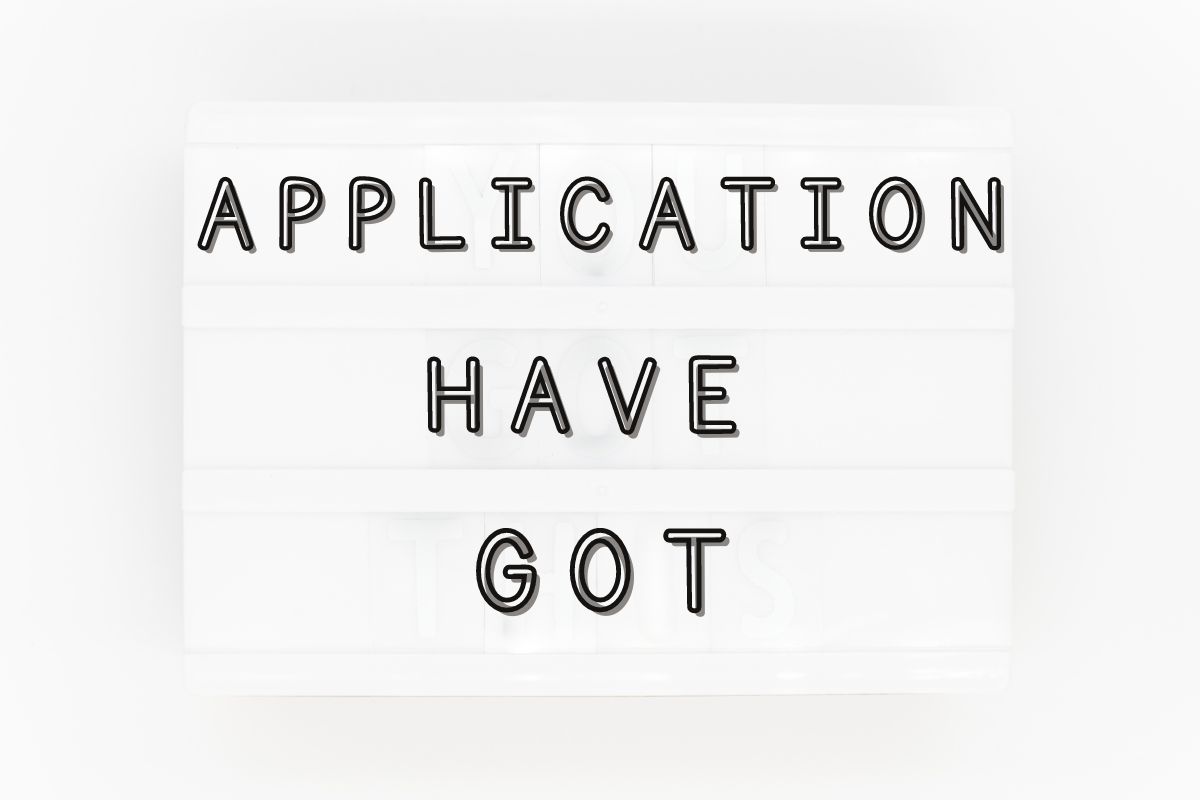
If you’re considering an application based on the phrase “have got,” it could be designed to assist users in tracking or managing possessions, tasks, or achievements. Here’s a conceptual outline for such an application:
1. Possession Tracker
– Allow users to list and track their possessions, such as books, gadgets, or other items.
– Include features for adding details like purchase date, location, or sentimental value.
2. Task Management
– Provide a task list or to-do functionality for users to manage their daily tasks or obligations.
– Include reminders, deadlines, and priority levels to enhance organization.
3. Achievement Journal
– Enable users to record and celebrate personal achievements or milestones.
– Include the ability to attach photos or notes to each accomplishment.
4. Event Reminder
– Implement a reminder system for upcoming events or appointments users “have got” to attend.
– Allow users to set reminders for birthdays, meetings, or other important dates.
6. Collaborative Features
– Integrate collaboration features for shared possessions, tasks, or goals among friends, family, or coworkers.
– Provide syncing capabilities for multiple users.
7. Customizable Categories
– Allow users to create custom categories for better organization and specificity.
– Offer flexibility for users to adapt the app to their unique needs.
8. Progress Tracking
– Include features to track progress on goals or projects users “have got” underway.
– Visualize achievements and milestones over time.
9. Secure Storage
– Implement secure storage for sensitive information related to possessions or tasks.
– Ensure data privacy and protection.
10. Smart Suggestions
– Integrate AI-driven suggestions based on user habits, helping them stay organized more effectively.
– Provide insights on optimizing tasks or achieving goals.
11. User-Friendly Interface:
– Design an intuitive and user-friendly interface for easy navigation and accessibility.
– Ensure the application is available on multiple platforms for widespread use.
This conceptual application aims to leverage the concept of “have got” by helping users keep track of possessions, manage tasks, and celebrate achievements in a user-friendly and organized manner.
You Might Also Enjoy: Top 60 Most Common Simple Sentences In English
Creating an application based on the word “have” could involve a range of functionalities related to possession, organization, or language. Here’s a conceptual outline
1. Possession Manager
– Allow users to catalog and organize their belongings.
– Include features for adding details like acquisition date, location, and value.
2. Task and Reminder System
– Incorporate a task management system where users can list and prioritize tasks they “have” to complete.
– Set reminders and deadlines for added productivity.
3. Language Learning Module
– Integrate a language learning component focused on the different uses of “have” in English.
– Include exercises, quizzes, and examples to improve understanding.
4. Document Repository
– Provide a secure space for users to store and organize important documents they “have,” such as contracts, certificates, or receipts.
5. Collaborative Sharing
– Include features for users to share possessions or tasks with others.
– Facilitate collaborative organization and planning.
6. Goal Tracking
– Enable users to set and track personal or professional goals they “have.”
– Visualize progress over time and celebrate achievements.
7. Financial Tracker
– Offer a financial module for users to track expenses and income they “have.”
– Provide insights into budgeting and financial planning.
8. Educational Resources
– Provide educational resources related to the concept of “have” in various contexts.
– Include articles, videos, or interactive lessons.
9. Community Features
– Create a community platform for users to share tips, experiences, and advice on managing what they “have.”
10. Personal Assistant Features
– Integrate AI-driven personal assistant features that offer suggestions, based on the user’s possessions, tasks, or goals.
This application concept aims to incorporate the multifaceted aspects of the word “have” into a versatile tool for organization, language learning, and personal development.
You might also enjoy:How Are You Fairing or Faring? Differences + Examples
Essay about have and have got
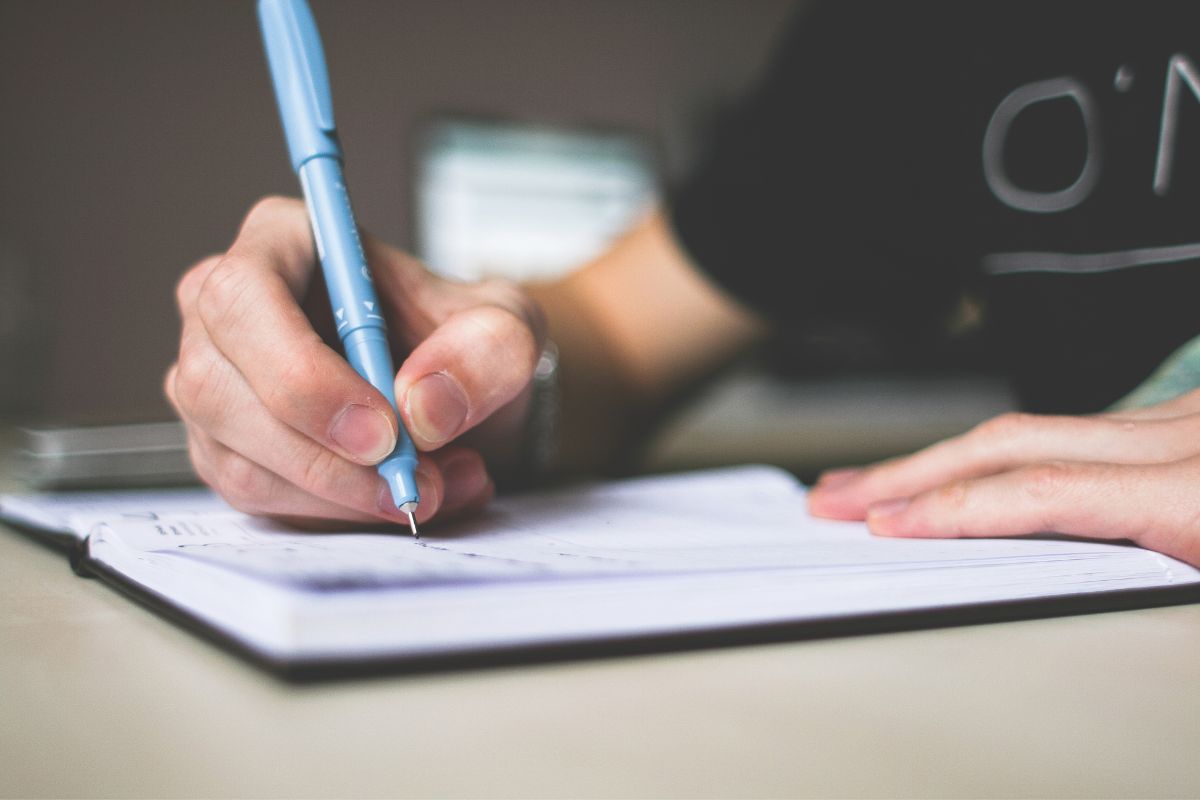
“Have” is a versatile and foundational word in the English language, playing a crucial role in expressing possession, experiences, actions, and relationships. Its simplicity belies its complexity, as it seamlessly integrates into various contexts, enriching our ability to communicate and convey nuanced meanings.
In its most straightforward application, “have” signifies possession. Whether it’s tangible items like possessions or intangible qualities like emotions, this word allows us to articulate ownership.
“I have a book,” speaks to the tangible, while “I have joy” delves into the intangible aspects of our lives, illustrating how “have” serves as a bridge between the concrete and the abstract.
Beyond possession, “have” encapsulates experiences. “She has traveled extensively” speaks to a wealth of journeys and adventures.
It becomes a vessel for encapsulating a person’s life story, highlighting the richness of their experiences. In this way, “have” transforms into a storyteller, weaving narratives of lives well-lived.
You might also enjoy:Which of the Following: Definition + Complete Usage + Grammar
Moreover, “have” serves as a conduit for actions and obligations. “I have to attend a meeting” communicates a sense of duty or necessity, while “I have completed the task” denotes accomplishment.
This multi functionality makes “have” an indispensable tool in expressing not just possession or existence, but also the dynamics of our actions and responsibilities.
On a deeper level, “have” is intricately woven into the fabric of relationships. Phrases like “I have friends who support me” underscore the connections that enrich our lives.
Through its usage, we articulate the ties that bind us, whether in familial, friendly, or romantic relationships. “Have” becomes a verbal embrace that encapsulates the essence of connection and shared experiences.
In the realm of language learning, “have” becomes a fundamental point of exploration. Students grapple with its various forms in different tenses, mastering its conjugation to express past, present, and future events.
This process not only enhances linguistic proficiency but also deepens the understanding of time and continuity.
In conclusion, the word “have” is not merely a linguistic building block but a dynamic force that shapes our expression of possession, experiences, actions, and relationships.
Its adaptability makes it an indispensable tool in our daily communication, allowing us to navigate the intricate landscape of human connection and expression.
“Have” is more than just a word; it is a gateway to the richness of language and the depth of our shared human experiences.
“Have got” is a common expression in English, often used interchangeably with “have.” While both convey possession, “have got” is more informal and is commonly used in spoken language.
It’s essential to note that “have got” is not used in the present perfect tense. Overall, the choice between “have” and “have got” depends on the context and the level of formality required in communication.
You might also enjoy:Too Cute Meaning Vs To Cute (To Vs Too) + Examples
What is the difference between have and have got?
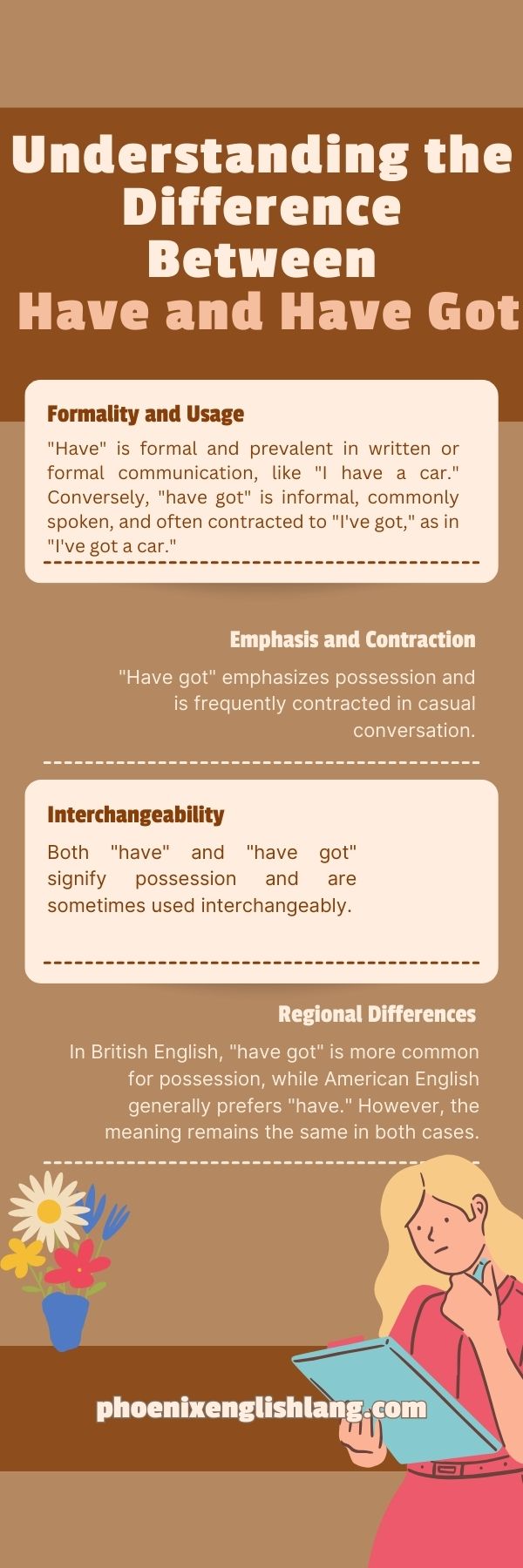
The main difference between “have” and “have got” lies in their formality and usage. “Have” is more formal and is often used in written and formal communication. For example, “I have a car” is a grammatically correct and formal way to express ownership.
On the other hand, “have got” is more informal and commonly used in spoken English. It is often used to emphasize possession and is frequently contracted to “I’ve got” in casual conversation. For instance, “I’ve got a car” is a more casual way of expressing ownership.
In summary, both “have” and “have got” convey possession, but “have” is formal, while “have got” is informal and commonly used in spoken language. The choice between them depends on the context and the level of formality you want to convey.
“Have” and “have got” are often used interchangeably to indicate possession or ownership.
In British English, “have got” is more commonly used to express possession, while in American English, “have” is generally preferred. However, both phrases essentially convey the same meaning.
You might also enjoy:What Kind of Vs What Kinds of – Differences + Examples [2025]
The difference between “have” and “have got” is largely a matter of formality:
- Formality:
– **”Have”: This is the more formal option and is commonly used in written and formal communication. Example: “I have a car.”
– **”Have got”: This is informal and frequently used in spoken English. Example: “I’ve got a car.”
- Usage:
– **”Have”: It is a versatile verb used in various contexts, including possession, relationships, experiences, and actions.
– **”Have got”: It is primarily used to emphasize possession or ownership, often in casual conversation.
In everyday communication, people often use “have got” in informal settings, while “have” is chosen for more formal or written contexts.
Both convey possession, but the preference depends on the level of formality desired.
You might also enjoy:Interested In or On: The Differences + Examples [2025]
What do we have or what have we got?
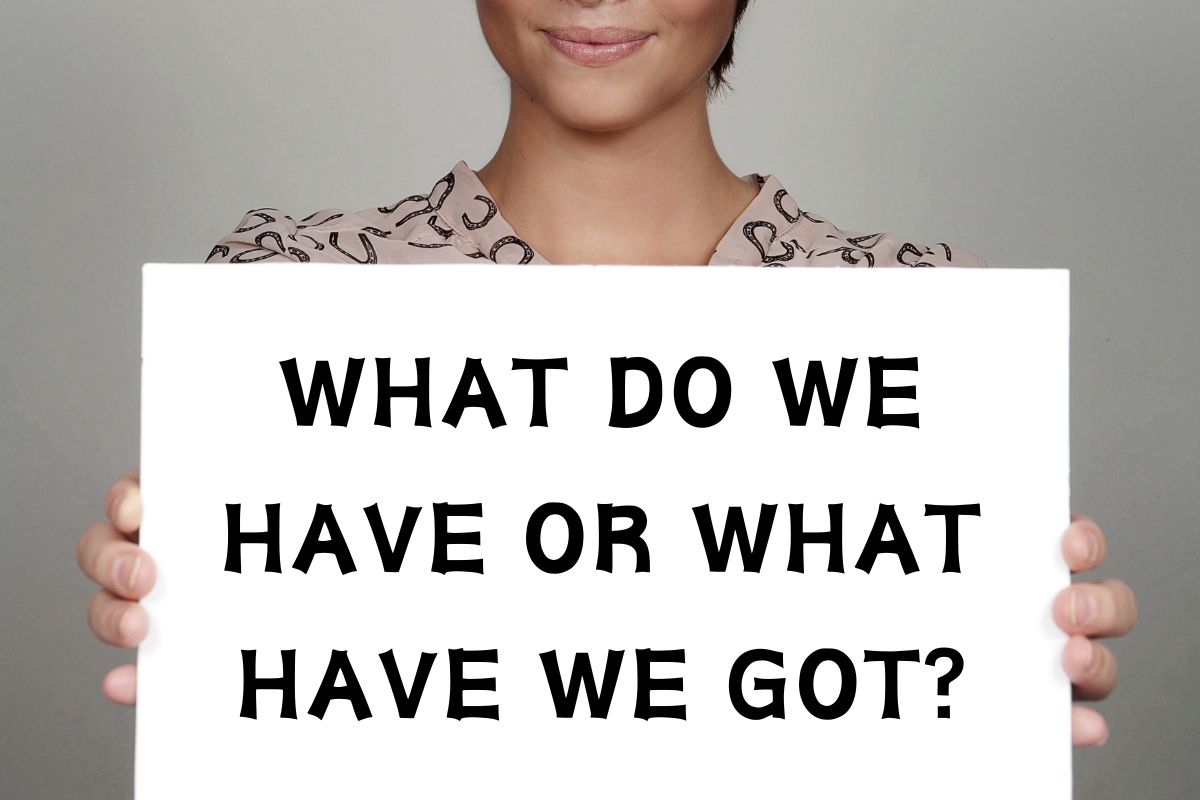
Both “What do we have?” and “What have we got?” are correct ways to inquire about possessions or available items.
The choice between them often depends on the speaker’s preference or regional variations.
The first, “What do we have?” is a more formal expression and is commonly used in written and formal spoken contexts. It follows the standard question structure.
The second, “What have we got?” is a more informal and conversational way of asking the same question.
It is often used in casual spoken language, and the phrase “have got” is a common informal alternative to “have.”
Choose the expression that fits the level of formality you desire for the situation.
What is the meaning of have got?
“Have got” is an informal way of expressing possession or ownership. It is often used in spoken English and is equivalent to “have.” For example:
– “I have a car.” (formal)
– “I have got a car.” (informal)
In these sentences, both convey the idea that the person possesses a car. The choice between “have” and “have got” depends on the formality of the context, with “have” being more formal and “have got” being more casual. Additionally, “have got” is commonly contracted to “I’ve got” in informal conversation.
You might also enjoy:Where Does “How is your Day Going?” Originate From?
When can I use have got in a sentence?
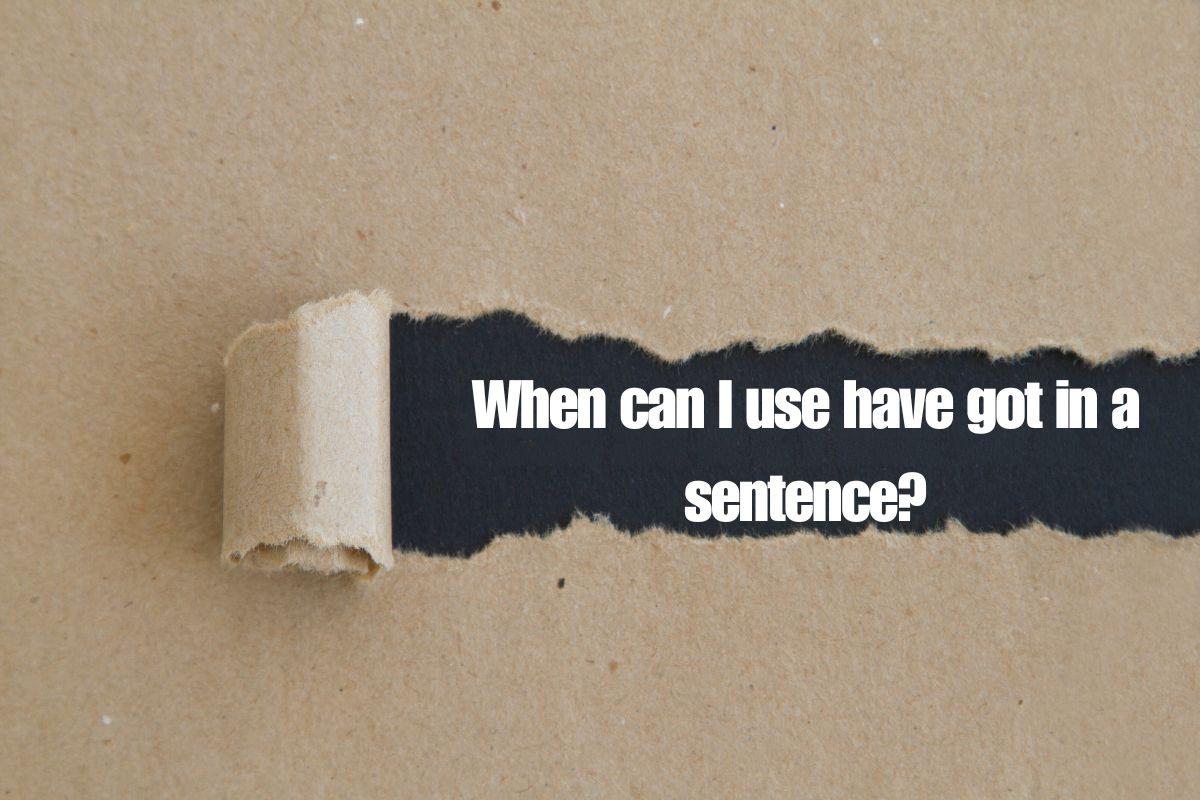
You can use “have got” in a sentence when you want to express possession or ownership in an informal context. It’s often used in spoken English and is more casual than the formal “have.” Here are some examples:
- “I’ve got a new phone.”
- “She’s got an interesting idea.”
- “We’ve got plans for the weekend.”
Remember that “have got” is not typically used in the present perfect tense. In more formal or written contexts, you might choose to use “have” instead, but in everyday conversation, “have got” is commonly employed to convey possession.
When can I use have in a sentence?
You can use “have” in a sentence to express possession, relationships, experiences, actions, and more. It is a versatile verb used in various contexts. Here are some examples:
- Possession: “I have a car.”
- Relationships: “She has three siblings.”
- Experiences: “We have visited that museum before.”
- Actions: “They have completed the project.”
- Auxiliary verb: “I have been working on this report.”
“Have” is a more formal choice compared to “have got,” which is often used informally.
In written and formal contexts, “have” is generally preferred, but it is suitable for a wide range of situations and meanings in both spoken and written English.
You Might Also Enjoy:Reinforce Vs Reenforce: 10 Differences + Examples [2025]
What type of word is have got?
“Have got” is a verb phrase that functions as the present perfect of “get” and is used to express possession or ownership. It is informal and often used in spoken English. While “have” can stand alone as a verb expressing possession, “have got” emphasizes ownership and is commonly used in casual conversation.
For example:
– “I have a dog.” (formal)
– “I have got a dog.” (informal)
In the informal context, “have got” is often contracted to “I’ve got.”

Hi, welcome to my blog! My name is Omid and I am thrilled to have you here! I am an English language teacher with 12 years of experience and hold multiple international certifications (TESOL, IELTS, TOEFL, PTE, CELTA). Additionally, I hold a PhD in Applied Linguistics with a specialization in Teaching English as a Second Language (TESL), which fuels my passion for teaching English and assisting others in mastering the language. To me, nothing is more rewarding than helping individuals enhance their English language abilities through various methods. So, let’s embark on this journey of learning English together.

